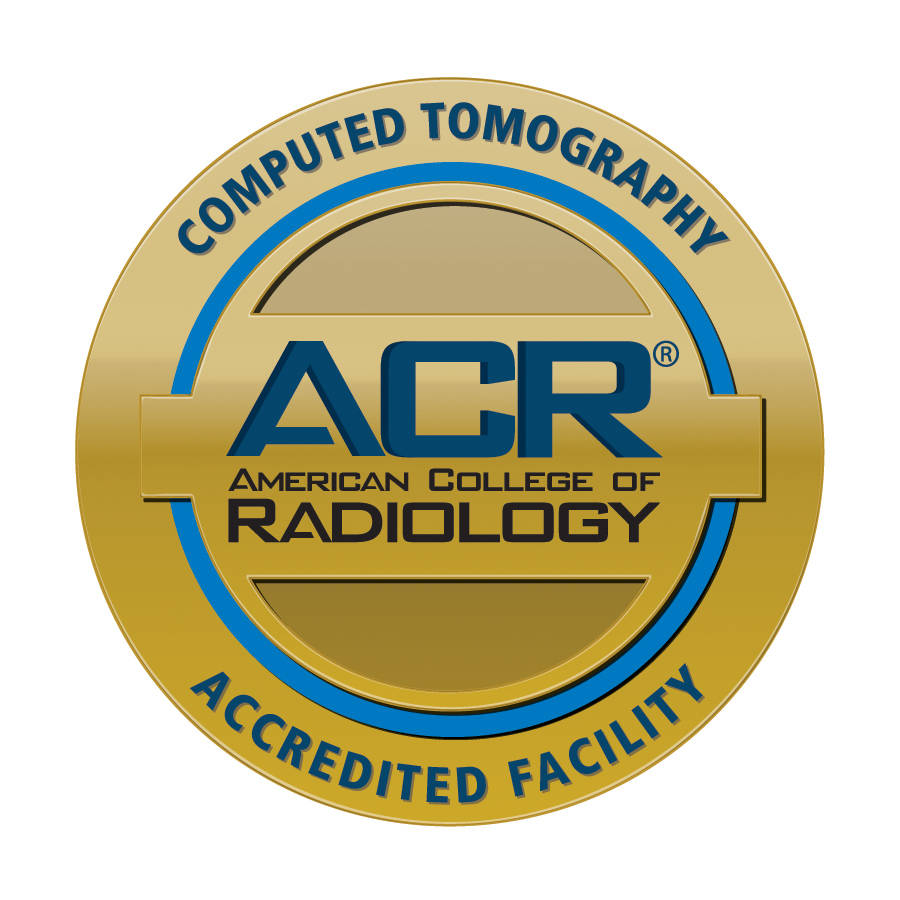In the realm of healthcare, advanced imaging services play a pivotal role in diagnosis, treatment planning, and monitoring of various medical conditions. However, access to these services can vary significantly across different regions and countries, often presenting challenges for patients seeking optimal care. Exploring international procedure options for advanced imaging services can offer valuable insights into navigating these complexities and accessing quality healthcare regardless of geographic boundaries.
Advanced imaging services encompass a wide range of diagnostic techniques, including magnetic resonance imaging (MRI), computed tomography (CT), positron emission tomography (PET), and ultrasound, among others. These modalities provide detailed insights into the internal structures of the body, aiding in the detection and characterization of diseases ranging from cancer to neurological disorders.
For patients with complex medical conditions or those requiring specialized care, access to advanced imaging services is essential for accurate diagnosis and effective treatment planning. However, disparities in healthcare infrastructure, technology availability, and expertise can limit access to these services in certain regions, prompting patients to explore international options for their medical needs.
Several factors influence the decision to seek advanced imaging services abroad:
1. Availability of Technology and Expertise:Some countries may have limited access to advanced imaging technology or lack specialized expertise in interpreting imaging results. Patients may choose to seek services in countries known for their advanced medical infrastructure and skilled healthcare professionals.
2. Cost Considerations: The cost of advanced imaging services can vary significantly from one country to another. Patients may opt for international procedures to access high-quality services at a lower cost compared to their home country, particularly if they lack adequate insurance coverage or face long wait times for diagnostic procedures.
3. Regulatory Environment:Differences in regulatory standards and approval processes for medical devices and procedures can influence the availability and accessibility of advanced imaging services. Patients may explore international options to access cutting-edge technologies or procedures that are not yet available in their home country due to regulatory constraints.
4. Travel Logistics and Convenience: While seeking medical treatment abroad involves travel logistics and additional considerations, some patients may find it more convenient or preferable to combine healthcare services with leisure travel or visit family and friends in another country.
When considering international procedure options for advanced imaging services, patients should conduct thorough research and consider the following steps:
1. Identify Suitable Healthcare Providers:Research reputable healthcare institutions and imaging centers known for their expertise in the desired imaging modality. Seek recommendations from healthcare professionals or patient advocacy groups and review online resources and patient testimonials to assess the quality of care and patient experiences.
2. Evaluate Costs and Financial Considerations: Obtain detailed cost estimates for the desired imaging procedure, including facility fees, physician fees, and any additional expenses such as travel and accommodation. Compare costs across different countries and consider factors such as currency exchange rates, payment methods, and insurance coverage options.
3. Ensure Regulatory Compliance and Safety Standards:Verify that the selected healthcare provider adheres to international standards for patient safety, quality assurance, and regulatory compliance. Confirm the accreditation status of the facility and the qualifications of healthcare professionals involved in the imaging procedure.
4. Plan for Travel and Accommodation: Make arrangements for travel, accommodation, and transportation logistics well in advance of the scheduled procedure. Consider factors such as visa requirements, language barriers, and cultural differences, and seek assistance from international patient coordinators or medical tourism agencies if needed.
5. Communicate with Healthcare Providers:Maintain open communication with healthcare providers involved in the planning and coordination of the imaging procedure. Provide relevant medical history, diagnostic reports, and any specific preferences or concerns to ensure personalized care and optimal outcomes.
Exploring international procedure options for advanced imaging services can offer patients access to high-quality healthcare solutions tailored to their specific needs and preferences. By considering factors such as technology availability, cost considerations, regulatory compliance, and travel logistics, patients can make informed decisions and embark on a journey towards improved health and well-being, transcending geographical boundaries in the pursuit of optimal medical care.
Connect with us to learn more about how the AV Imaging team can help!

